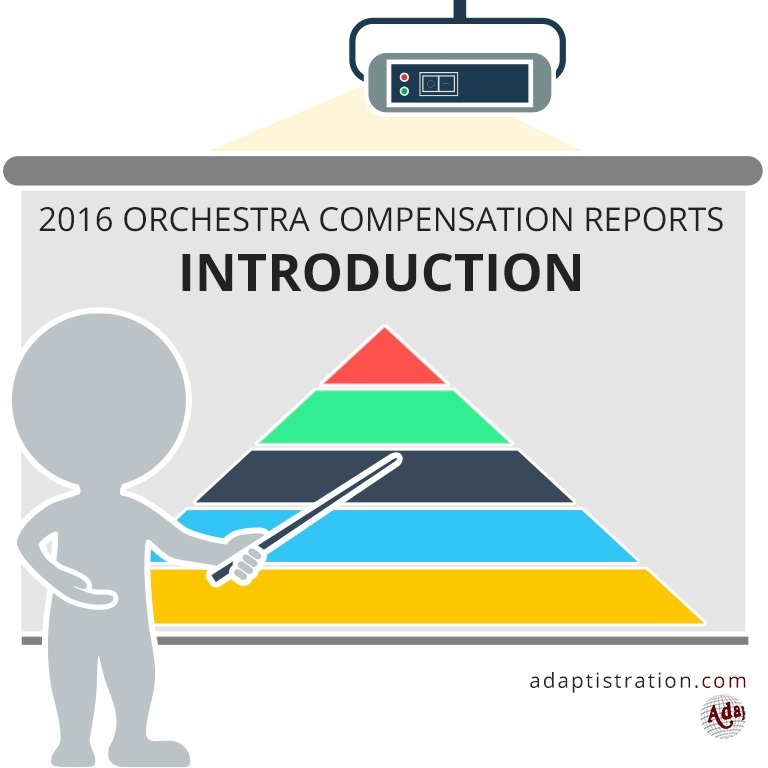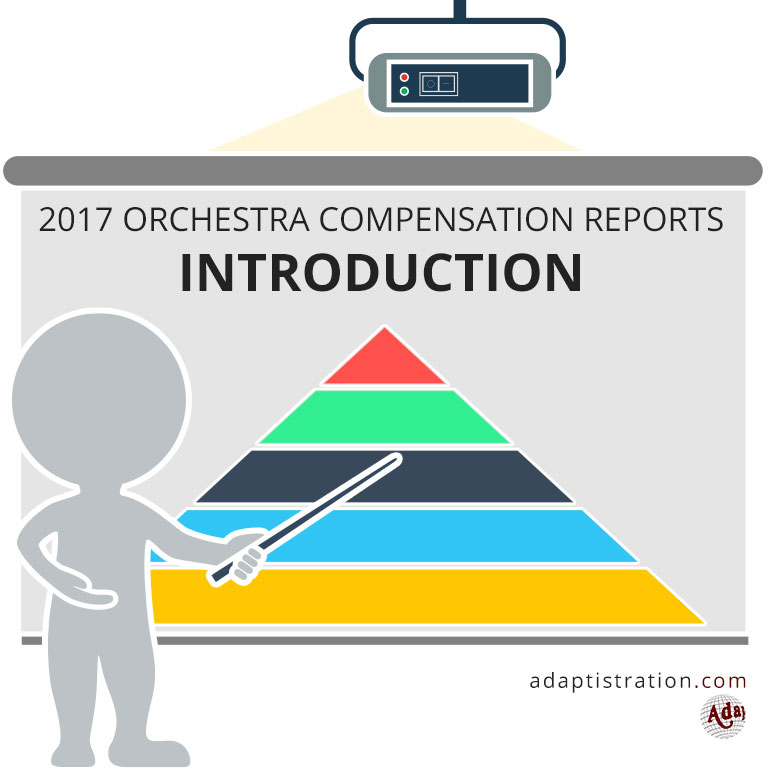As is the case with every annual orchestra compensation report, the most important element to keep in mind is these figures encompass the 2012/13 season. Although it isn’t unusual to expect that the most recent figures available would cover the previous season, in this case 2013/14, that’s not how things work thanks to a few key elements:
- Most professional orchestras maintain a fiscal year structure that begins and ends at some point from June to August; as a result, they tend to file their annual return several months later than the typical April 15 deadline that applies to individuals.
- When you add that time against the length of time the IRS takes to process and release the returns (anywhere from six to nine months), you arrive at the seemingly odd gap of the report being a season later than expected. Interestingly enough, if the IRS ever adopts standard open data practices, the additional gap will all but vanish and the data would be made available in a searchable format. Having said all of that, don’t hold your breath for it to happen anytime in the near future.
The end result is the most recent season available with data for every potential orchestra in these reports is two seasons behind the current season.

Changes For The 2015 Reports
Those who fail to adapt, die. That adage is taken to heart here so to that end, we’ve made the following changes to enhance the data’s usefulness as well as improve the overall user experience.
- This year includes two new ensembles that crossed the threshold of requirements to be included in the reports: Symphony Silicon Valley and Pasadena Symphony.
- One group was removed for falling below the inclusion threshold: Elgin Symphony.
- After dropping out for a season due to an extended work stoppage, the Louisville Orchestra is back (and, interestingly enough, with a reporting oddity).
Notable Events
Although we’ll be examining each of the items below in greater detail via their respective report article, you can look forward to the following topics.
- The number of orchestras failing to respond to requests for clarification and/or refusing to release required information is higher than last year’s reports.
- A number of traditionally highest paying executive positions were either unfilled and/or had partial season compensation listed for one or more individuals; as a result, this had a tendency to skew some of the annual averages.
- In addition to higher than average executive attrition, the 2012/13 season was one of unprecedented labor strife, the result of which triggered extended season cancelations in the Minnesota Orchestra, St. Paul Chamber Orchestra, and Indianapolis Symphony. Consequently, this added even more exceptions when determining multi-year averages and 2011/12 to 2012/13 changes.
- For the first time in several years, a new orchestra crossed the reporting threshold for concertmaster compensation.
Are The Musician Compensation Figures Back?
The 2013 Compensation Reports saw the single largest change since they were launched in 2005; namely, the exclusion of base musician compensation figures. Although the reports have always maintained a goal of providing as comprehensive an overview as possible between stakeholder compensation, the 2015 reports are still unable to incorporate base musician compensation figures due to the same root problem related to the unreliability of the source data. Hopefully, the AFM and its player conferences that gather the data will make necessary corrections and allow those figures to return for next year’s reports. You can learn more about this change in the 2012 Compensation Reports introduction article.
Publication Schedule
- Tuesday, 6/23/2015: Executives
- Wednesday, 6/24/2015: Music Directors
- Thursday, 6/25/2015: Concertmasters
- Friday, 6/26/2015: Overview and multi-year averages


